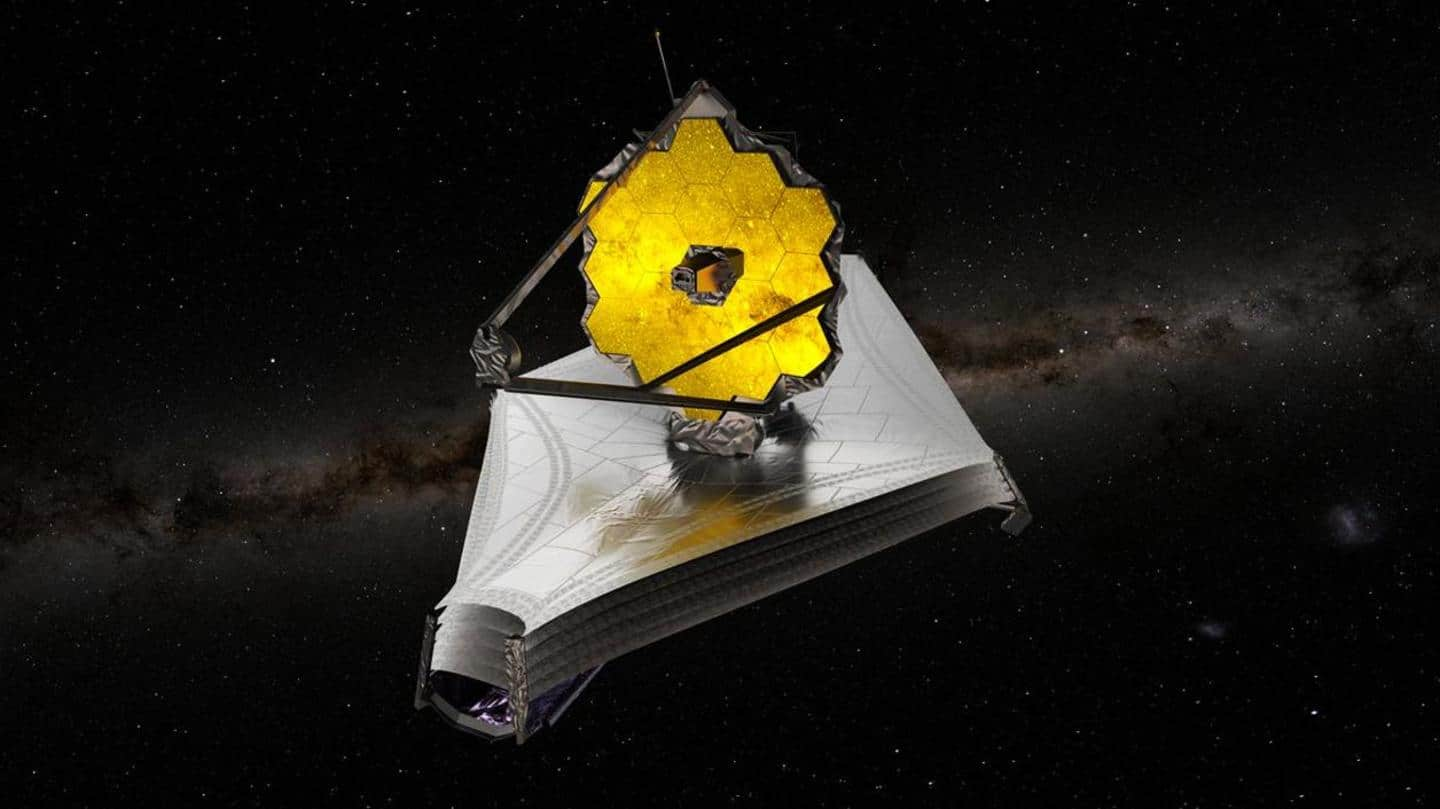
Lesser-known facts about NASA's James Webb Space Telescope
What's the story
The name James Webb Space Telescope has been resonating all over the world. This successor to the Hubble Telescope from NASA has shown us more than what we have ever seen of the universe in its first five pictures. And now, we expect a lot more. As the world celebrates this incredible telescope, let's take a look at some interesting facts about it.
Name
The telescope is named after NASA's second appointed administrator
Let's begin with the most obvious fact - the name. Who is JWST named after? James Edwin Webb, the man whose name the incredible telescope borrowed, served as NASA's administrator from 1961 to 1968. Under his tutelage, NASA turned into a coordinated organization. He is also credited for laying the foundation for the Apollo program. In 2002, the telescope was named in his honor.
Information
JSWT's sunshield is the size of a tennis court
Which is the largest space telescope in history? As you guessed, it's the James Webb telescope. The highlight of the telescope is the tennis court-sized diamond-shaped sunshield. The 21.3ft primary mirror is also one for the record books.
Gold-plating
Mirrors are plated with gold to reflect infrared light
Did you all hear about the gold-plated mirrors of JWST? If not, let us tell you about 18 gold-plated hexagonal mirrors on the telescope. So, why gold? The James Webb telescope is looking into the deepest parts of the universe. The light from such depth becomes infrared as it travels billions of light-years and gold reflects infrared better than any other metal.
Information
The telescope will not be serviced during its stint
Another interesting fact about JWST is that, unlike its predecessor Hubble, it won't be serviceable. Why? Well, for starters, Hubble is located only 600km away from Earth, while James Webb is at the second Sun-Earth Lagrange point, located approximately 1.5 million kilometers away.
Visibility
JWST can see a football from 550km away
We have established that JWST is the most powerful telescope built by mankind. But how clearly can it really see something afar? As far as angular resolution or sharpness of vision is concerned, the James Webb telescope can see a penny (0.75-inch in diameter and 0.05-inch thick) from around 64km away. For more context, it can see a football from a distance of 550km.
Information
The side with instruments measures -223 °C
The temperature difference between the side of JWST that faces the sun and the other side with instruments, will blow your mind. The former constantly sits at a sizzling 85 °C, while the latter is going to be at -223 °C.